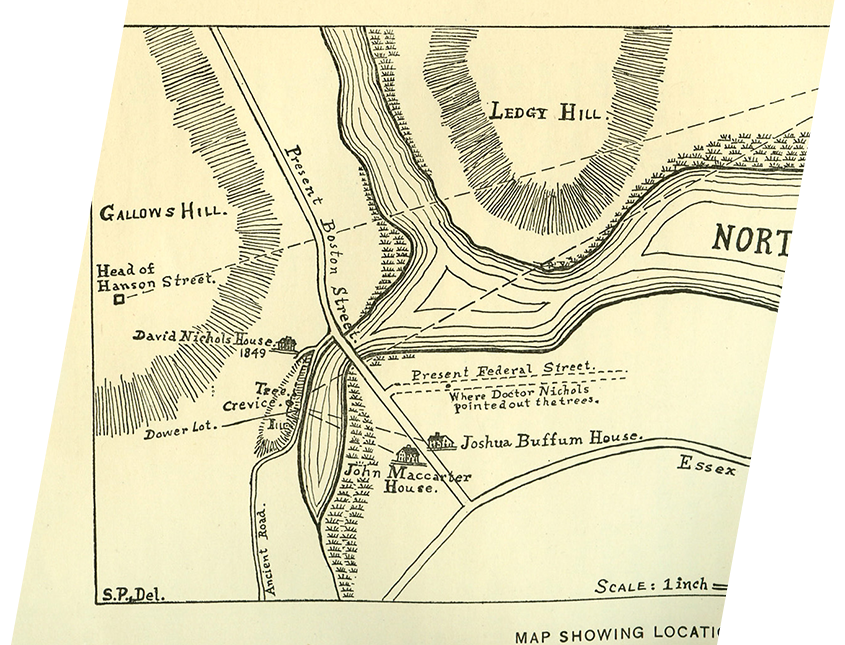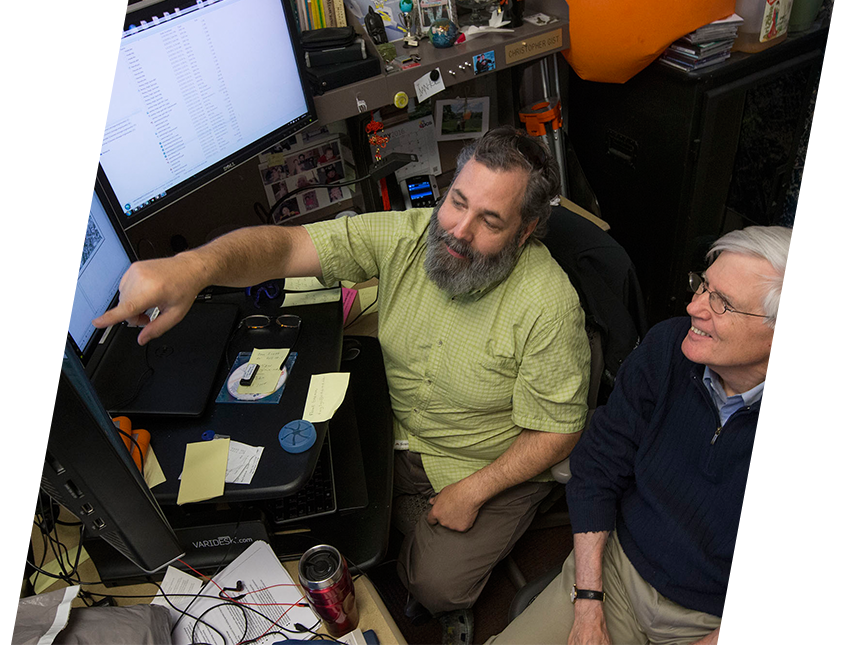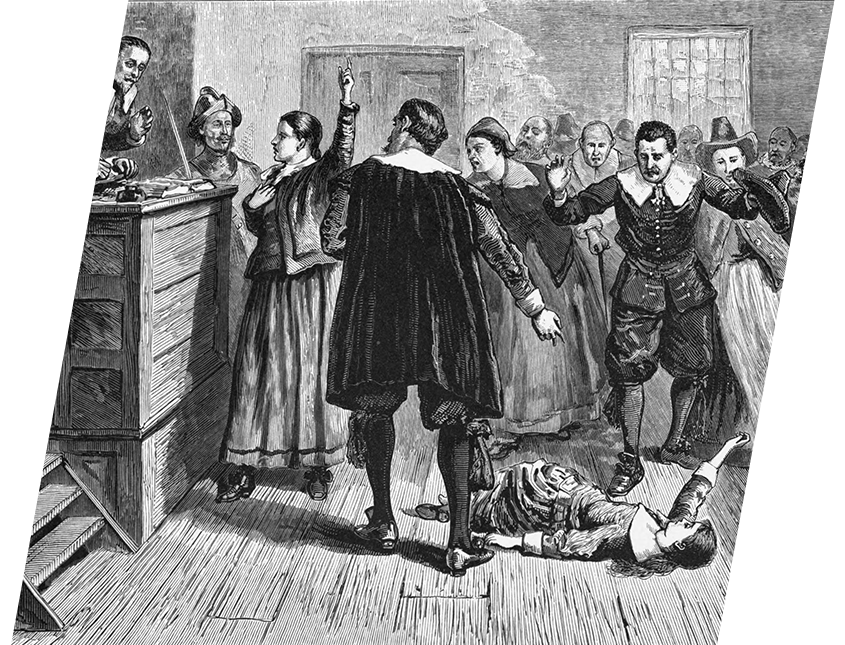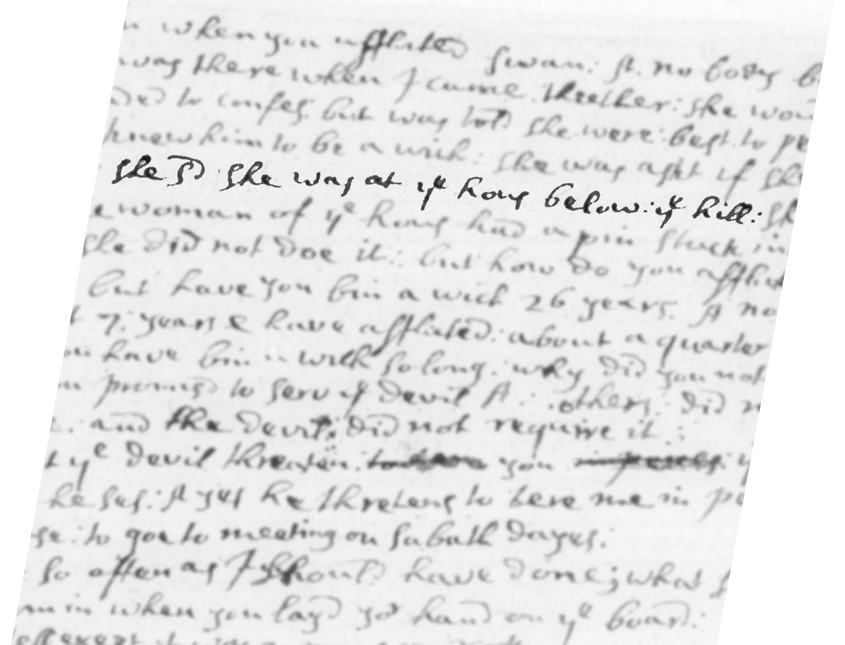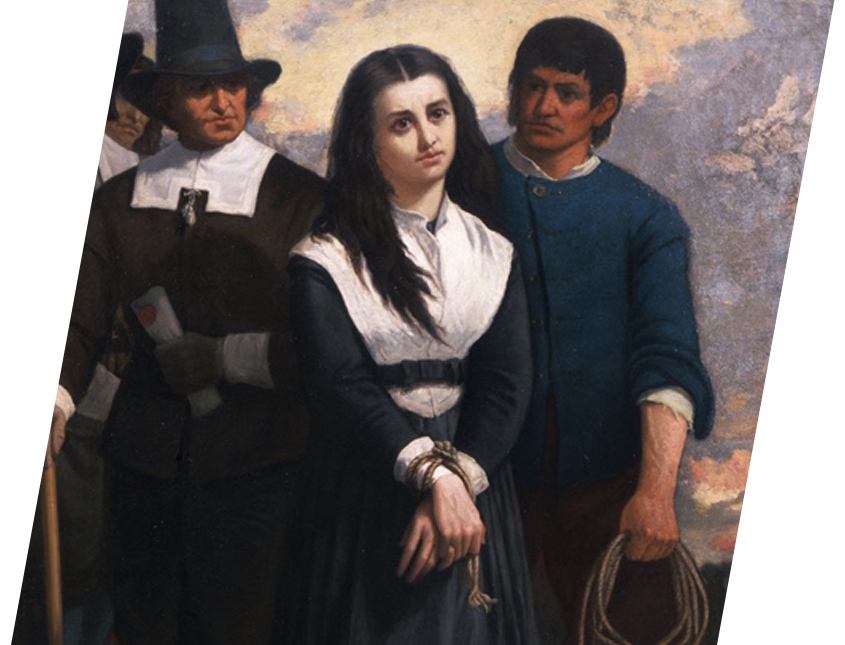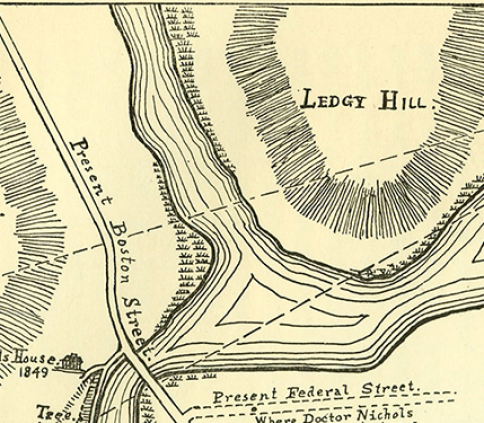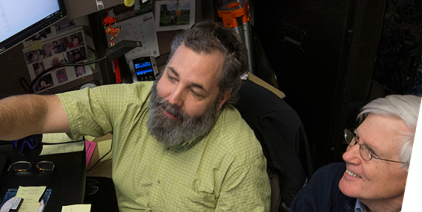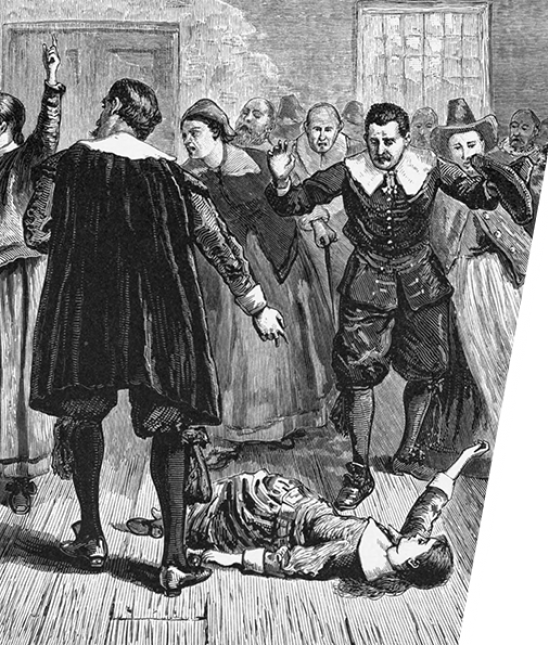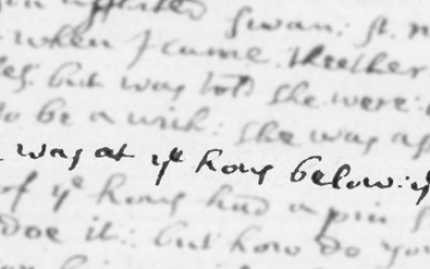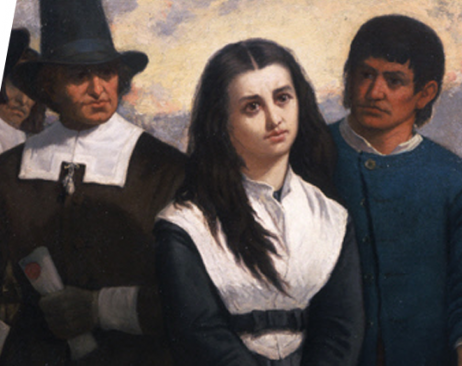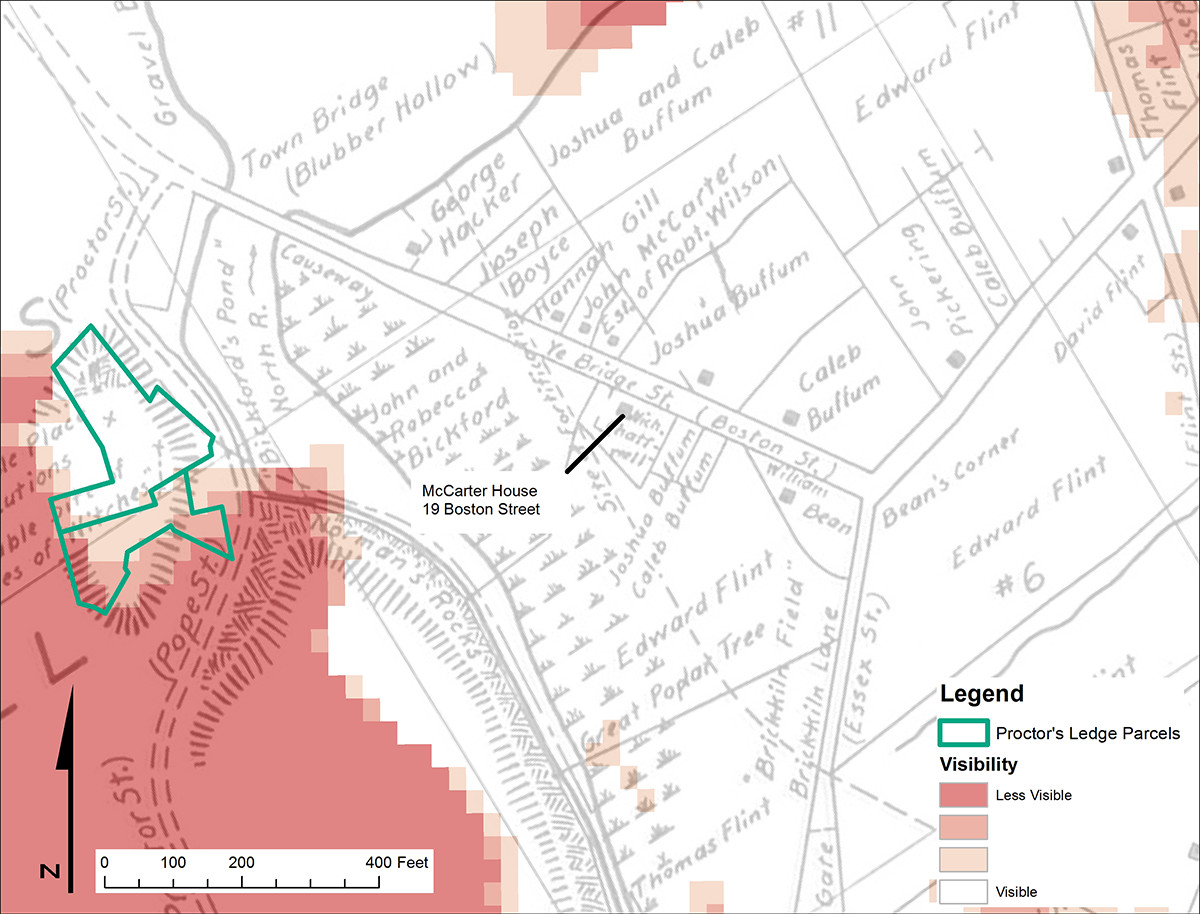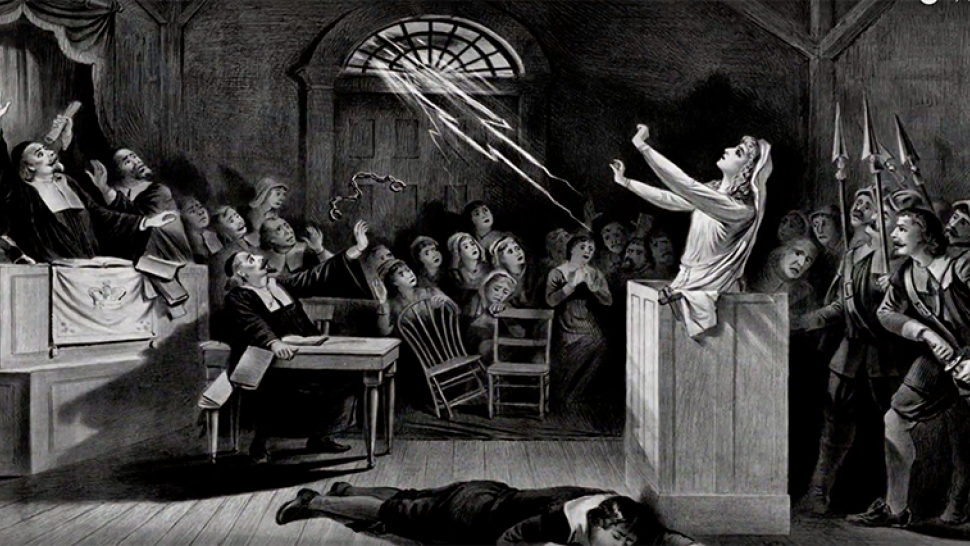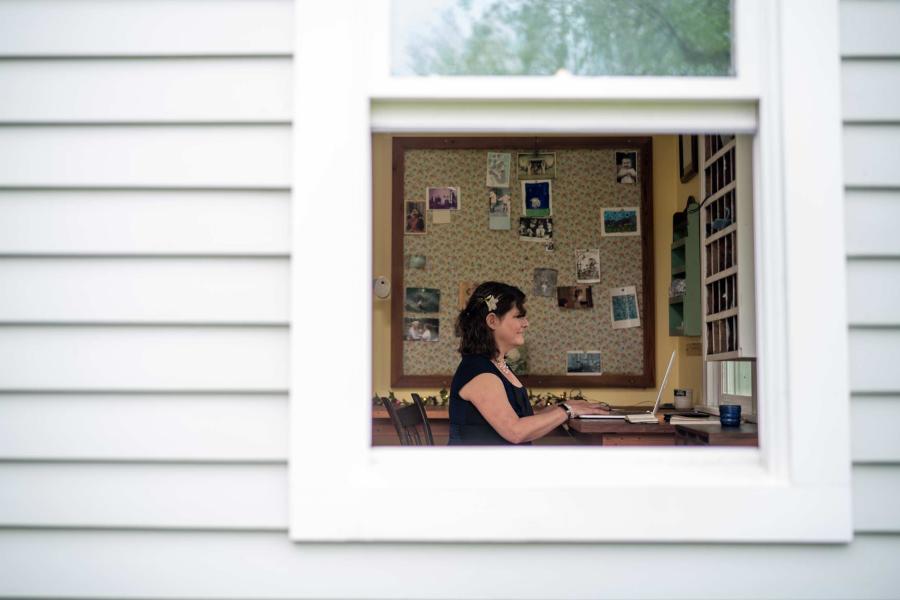It’s an inconspicuous spot: a rocky outcropping next to a Walgreens pharmacy, in the midst of a quiet residential neighborhood. Researchers now know that Proctor’s Ledge was one of the most conspicuous spots in Salem, Massachusetts more than 300 years ago: the site where 19 accused witches were executed during the notorious Salem Witch Trials.
University of Virginia religious studies professor Benjamin Ray is one of five researchers leading the Gallows Hill Project, which announced its discovery to significant national attention. Ray, author of “Satan and Salem” (University of Virginia Press, 2015), oversees UVA’s Salem Witch Trials Documentary Archive and Transcription Project, the most comprehensive digital archive of primary source materials from the trials. He worked with Chris Gist, a Geographic Information Systems specialist in Alderman Library’s Scholars' Lab, to digitally map the area and help confirm earlier research pinpointing the execution site.
To identify the site, the researchers combed through maps, court documents and other primary sources, hoping to determine the location of “the house below the hill.” That phrase, discovered among nearly 1,000 pages of court records by researcher Marilynne Roach, was uttered by 51-year-old accused witch Rebecca Eames during her preliminary examination on Aug. 19, 1692. The magistrate asked if she had witnessed the five executions that occurred earlier that day and Eames responded that she was at “the house below the hill” when she saw the executions. (Appropriately, one of those executed that day was 60-year-old tavern keeper John Proctor. Proctor’s Ledge was named after one of his descendants).
The team determined that Eames was referencing a house on Boston Street, most likely the house owned by the McCarter family. Boston Street was the main road that led into the courthouse and was across from several acres of public land, now called Gallows Hill. Researchers knew the executions took place on Gallows Hill, but they did not know exactly where.
To find out, Ray and Gist analyzed maps of Salem drawn by early 20th-century Salem historian Sidney Perley, using technology that Perley lacked – the geographic information system software in UVA’s Scholars' Lab. The Scholars' Lab, which includes GIS specialists, has expanded rapidly over the last eight years to provide digital mapping resources to projects across Grounds.
This map shows modern-day Salem, with the parcel of land containing Proctor’s Ledge highlighted in green. The blue dots show the location of several houses on Boston Street in 1692, including the McCarter House, where researchers place Rebecca Eames.
The research team was also able to share its findings with Salem Mayor Kim Driscoll and other city officials. Salem is now planning a small memorial for the site, which is owned by the city and located in a heavily wooded, residential area.
“This project is a great example of scholars from different disciplines at different schools coming together and using new technology to make important discoveries about significant events,” Ray said. “Together, we arrived at our conclusions and participated in Salem’s plans to memorialize the events at Proctor’s Ledge.”
A clip from a documentary — “Gallows Hill — Nineteen” being developed about the Gallows Hill Project.
(Video provided by Tom Phillips, G Street Productions, LLC).

